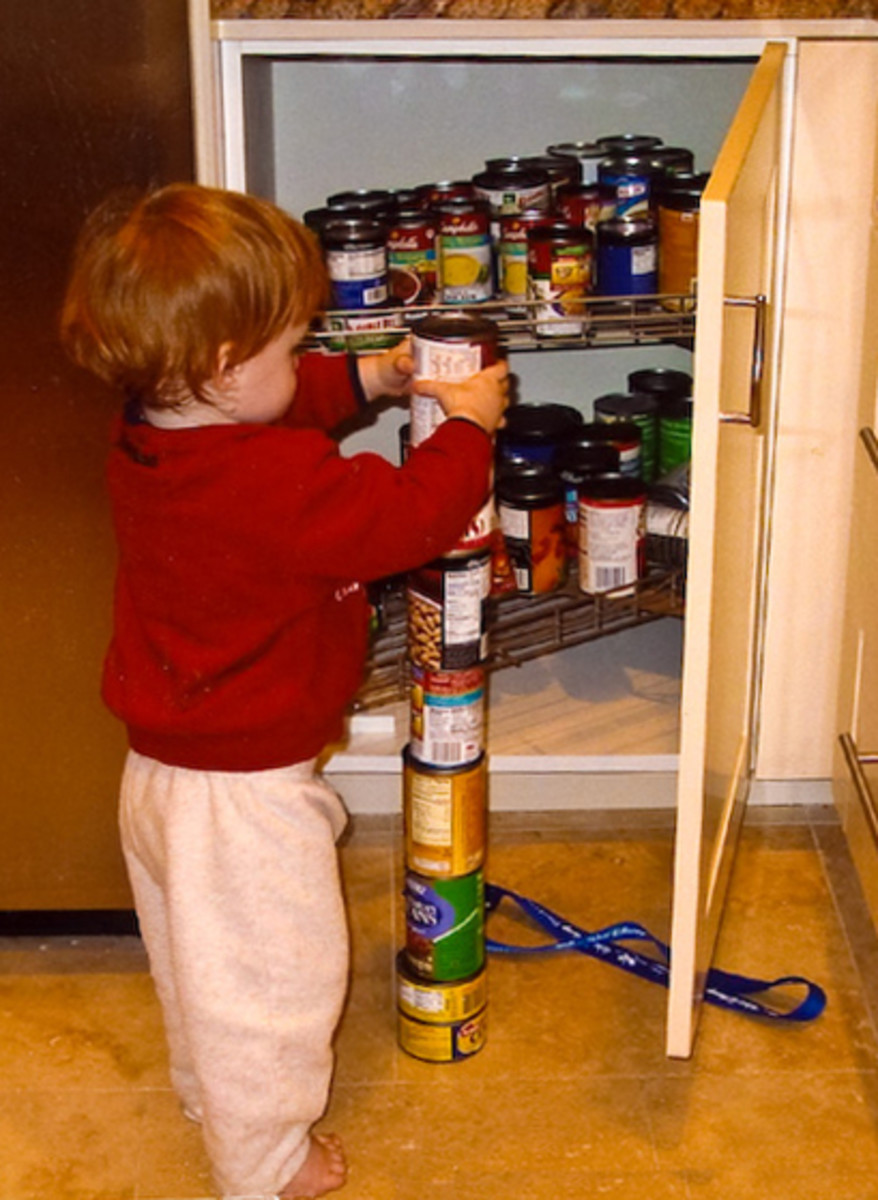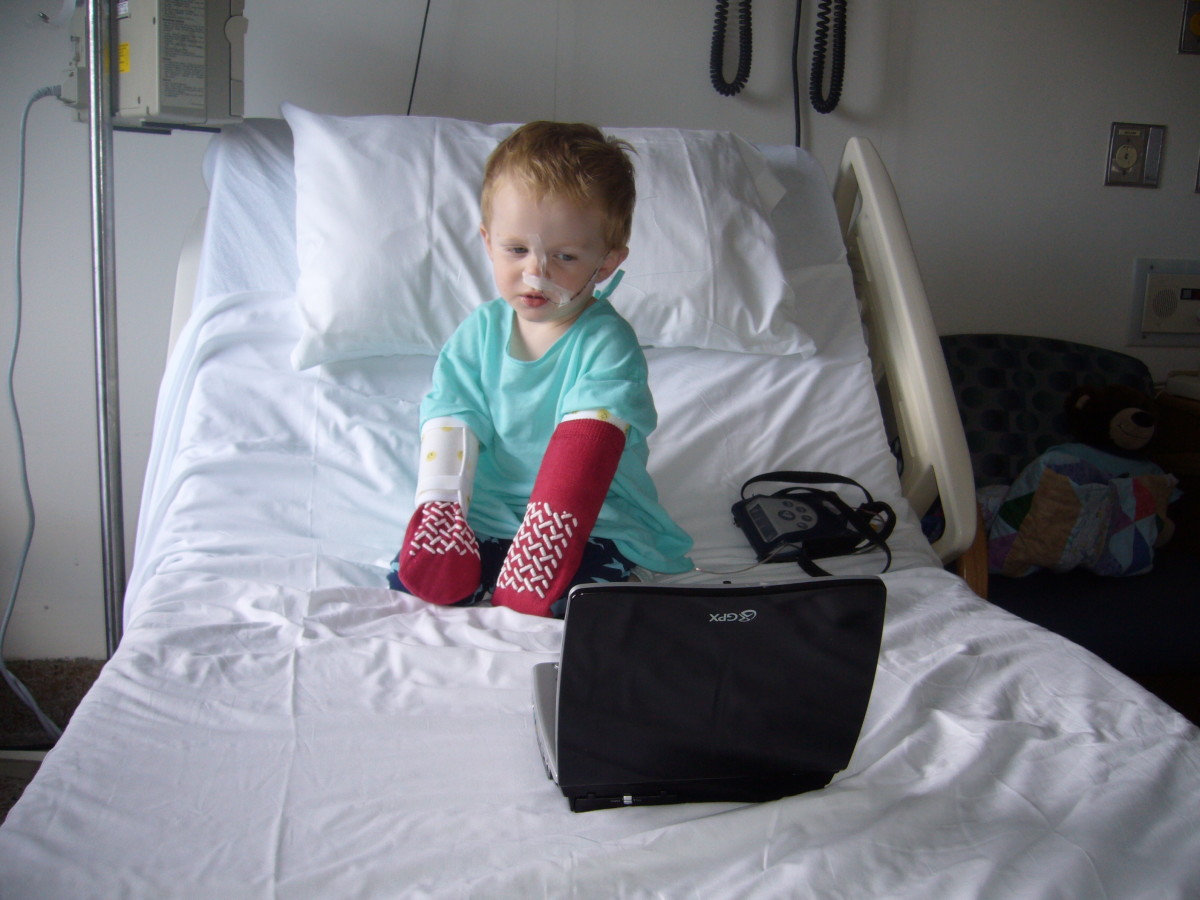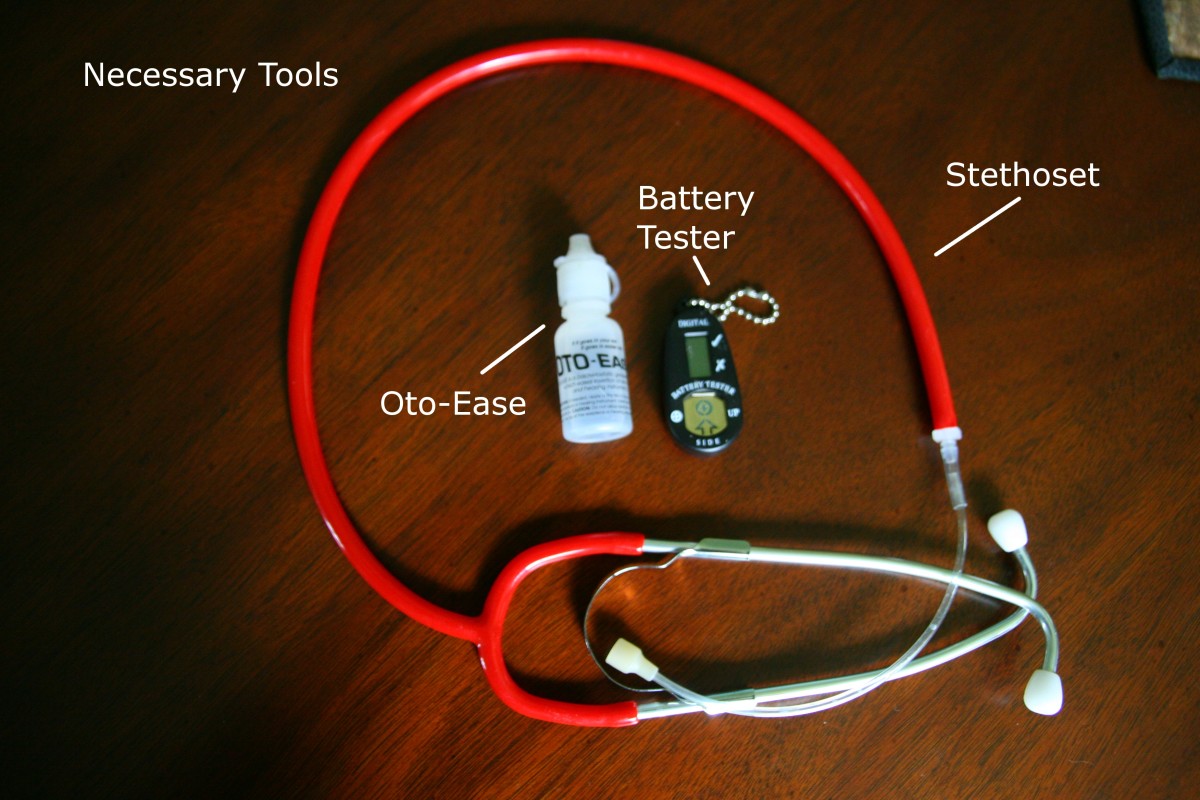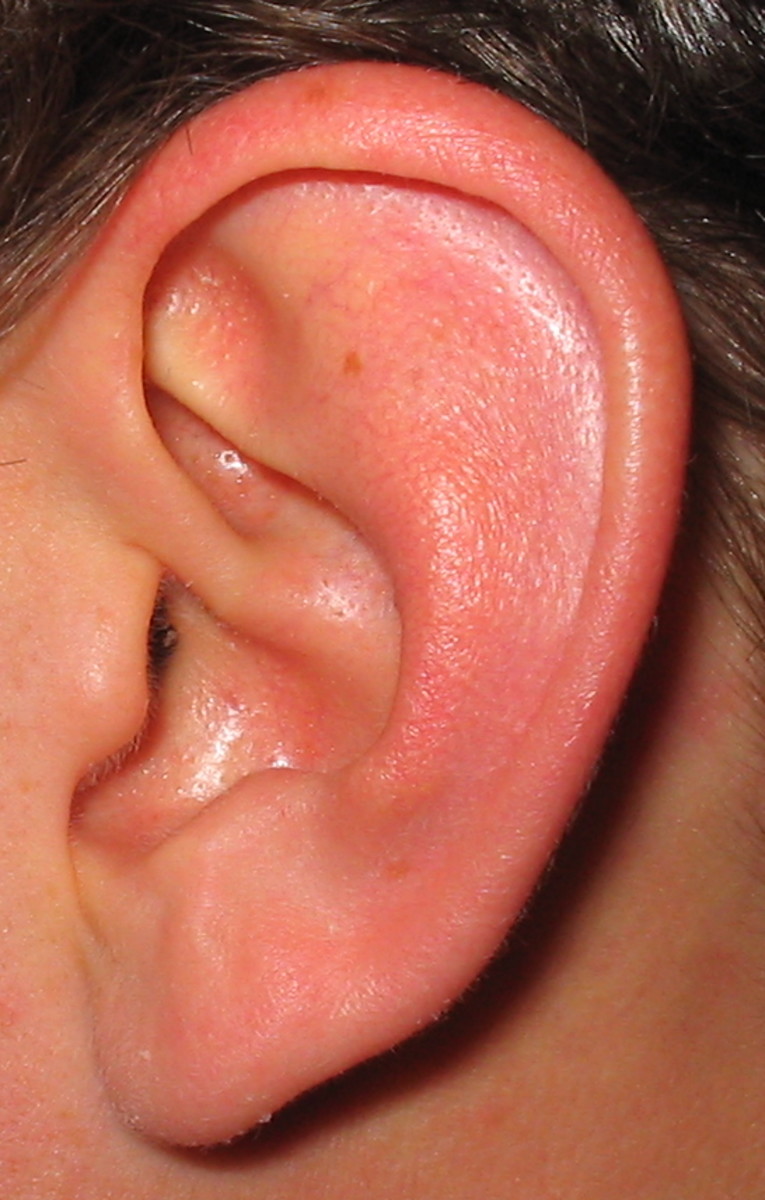Childhood Disintegrative Disorder: Signs And Symptoms

A Pervasive Developmental Disorder
Imagine a child of about age 4; bright, inquisitive, and with an extensive vocabulary that is growing day by day. He is drawing shapes and learning to recognize the letters of the alphabet in preschool. He loves his teacher and hugs her goodbye everyday when his parents pick him up.
Suddenly, one day the phone call comes. Your child is out of control. He has begun destroying toys, throwing tantrums and does not interact with his peers anymore. He refuses to be consoled by his teachers. Then you begin to notice that his vocabulary has dwindled from complete sentences to two and three word phrases. Perhaps he has stopped riding his tricycle or can't catch a ball anymore.
This heartbreaking scenario is real. The diagnosis may be childhood disintegrative disorder.
CDD Or Heller's Syndrome
Childhood disintegrative disorder (CDD), also known as Heller's syndrome, is a rare pervasive developmental disorder. An educator, rather than a doctor or scientist first recognized and listed the symptoms unique to this disorder in 1908. However, study and research for CDD started much later.
Just as Rett syndrome is mostly found among girls, CDD is more prominent in boys. Much rarer than autism, it strikes about 2 in 100,000. It is one of four other pervasive developmental disorders.
Symptoms Of CDD
- sudden regression of acquired vocabulary
- loss of motor skills
- awkward gait
- may start screaming, having tantrums
- destructive to toys
- loss of play skills
- may become aggressive
- stops interacting with peers
- does not want to be consoled with hugs
- loss of bowel and bladder control
- becomes emotionally withdrawn
- loss of eye contact
- may appear to be reacting to hallucinations
Similarities Of Autism And CDD
Childhood disintegrative disorder has several symptoms in common with autism. Communication, socialization and the ability to learn new skills will be affected in the same way.
The striking difference from autism is the late onset of the symptoms of CDD. The loss of acquired skills can happen gradually or quite abruptly. Some parents have described the loss of skills as like "going to bed as one child and waking up as another."
On the average, the regression begins around age 4, but has been known to happen as late as age 10- late enough that the child may actually notice and ask what is happening to him. Vivid fantasies and peculiar logic may mimic childhood schizophrenia but it is the late onset of skill regression that distinguishes CDD.
Diagnosing CDD
Diagnosing CDD can be a challenge for doctors. The parents of suspected CDD victims will normally be referred to a neurologist or neuro psychologist. It will be helpful for the specialist that is working on a case if the parents can bring in home videos made over the time span that can show developmental milestones. There are several other conditions and disorders that will need to be ruled out. These include:
- childhood schizophrenia
- psychoactive substance poisoning
- heavy metal poisoning
- head trauma
- Landau-Kleffner syndrome (LKS) a similar disorder but with a later onset age, 5.5 years of age on average and more severe language impairments
Cause Of CDD
There is currently no known cause for CDD. Because of the rarity of the disorder data for research has been difficult to collect. Theories for the cause include:
- genetic predisposition combined with environmental stress factors
- intra uterine viral or bacterial exposure
- birth trauma
- damaged immune responses that involve abnormal B-cell activation
Prognosis Of CDD
Childhood Disintegrative Disorder does not appear to cause death;however, a co-morbid medical condition such as a neuro-degenerative disorder can increase the risk. As with causes for CDD, the rarity of the disease hinders clear a clear prognosis.
It is currently accepted that the CDD child will likely have the symptoms of severe autism by age 10. The light in the dark is that the regression of skills is thought to level off. There are many good treatments for autism that will work to ease the heartbreak of this disorder. Parents should seek the help of their physician and the Local Education Authority for help and advice.









